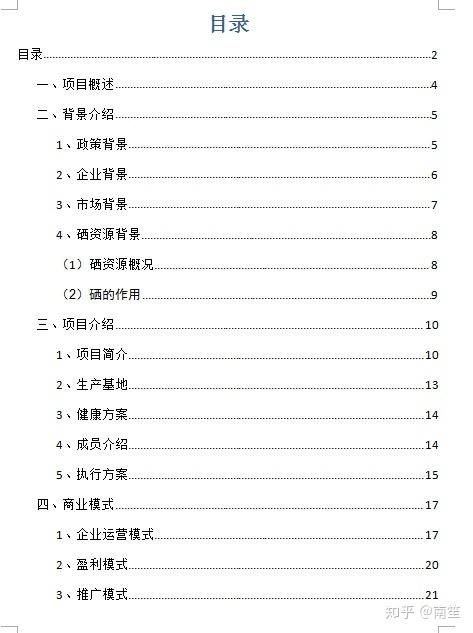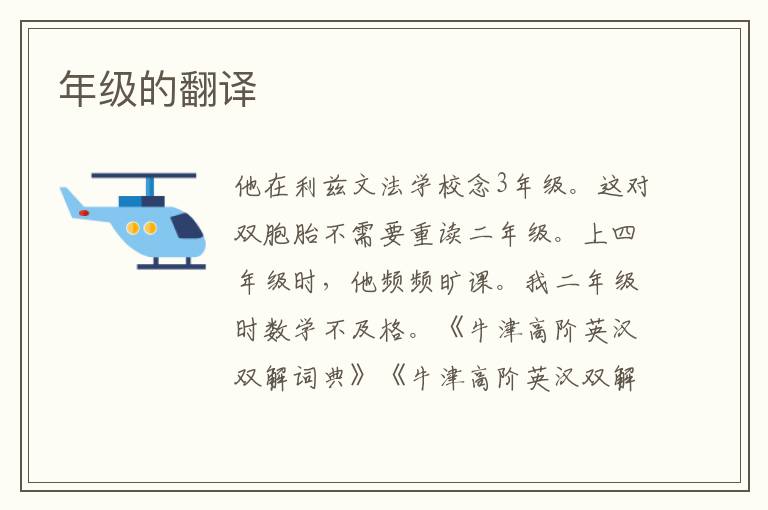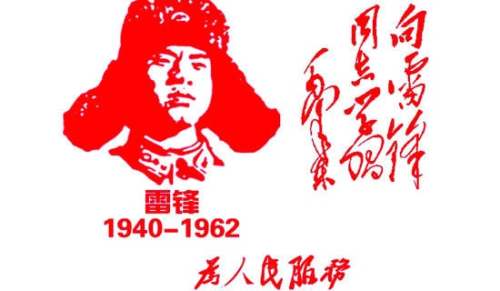圣誕節從哪來?圣誕老人的原型到底是誰?

THE LEGEND OF ST. NICHOLAS
圣?尼古拉斯的傳說
The legend of Santa Claus can be traced back hundreds of years to a monk named St. Nicholas. It is believed that Nicholas was born sometime around 280 A.D. in Patara, near Myra in modern-day Turkey.
圣誕老人的傳說可以追溯到幾百年前,有一個主教叫圣?尼古拉斯,據認為他在公元280年左右出生在潘特拉(Patara),在現在土耳其的米拉附近。
Much admired for his piety and kindness, St. Nicholas became the subject of many legends. It is said that he gave away all of his inherited wealth and traveled the countryside helping the poor and sick. His feast day is celebrated on the anniversary of his death, December 6. This was traditionally considered a lucky day to make large purchases or to get married.
由于虔誠和善良,他很受人愛戴,成為了很多傳奇故事的主人公。據說他把繼承的所有財產都分給了別人,到鄉間各處救助窮人和病人。每年的12月6日是紀念他去世的日子,這一天在傳統意義上被認為是買買買或結婚的吉日。
SINTER KLAAS COMES TO NEW YORK
SINTER KLAAS到紐約
St. Nicholas made his first inroads into American popular culture towards the end of the 18th century. The name Santa Claus evolved from Nick’s Dutch nickname, Sinter Klaas, a shortened form of Sint Nikolaas (Dutch for Saint Nicholas). In 1804, John Pintard, a member of the New York Historical Society, distributed woodcuts of St. Nicholas at the society’s annual meeting. The background of the engraving contains now-familiar Santa images including stockings filled with toys and fruit hung over a fireplace.
圣?尼古拉斯最初在18世紀末進入美國主流文化,“圣誕老人”這個詞是從尼古拉斯的荷蘭語中的昵稱Sinter Klaas轉變來的,是Sint Nikolaas(荷蘭語的圣?尼古拉斯)的簡稱。1804年,紐約歷史學會的John Pintard在學會的年會上分發了圣?尼古拉斯的木雕,雕刻的背景有現在人們熟知的圣誕老人的形象,包括掛在壁爐上面的裝滿玩具和水果的長筒襪。
Gift-giving, mainly centered around children, has been an important part of the Christmas celebration since the early 19th century. Stores began to advertise Christmas shopping in 1820.
從19世紀早期開始,以孩子為中心的贈送禮物行為開始成為圣誕節慶祝活動的主要部分。1820年,商場開始為圣誕購物打廣告。
THE NIGHT BEFORE CHRISTMAS
圣誕節前夜
In 1822, Clement Clarke Moore, an Episcopal minister, wrote a long Christmas poem for his three daughters entitled “An Account of a Visit from St. Nicholas.” Moore’s poem is largely responsible for our modern image of Santa Claus as a “right jolly old elf” with a portly figure and the supernatural ability to ascend a chimney with a mere nod of his head! His poem helped popularize the now-familiar image of a Santa Claus who flew from house to house on Christmas Eve–in “a miniature sleigh” led by eight flying reindeer–leaving presents for deserving children. In 1881, political cartoonist Thomas Nast drew on Moore’s poem to create the first likeness that matches our modern image of Santa Claus. His cartoon depicted Santa as a rotund, cheerful man with a full, white beard, holding a sack laden with toys for lucky children.
1822年英國圣公會牧師Clement Clarke Moore為他三個女兒寫了一首圣誕長詩“An Account of a Visit from St. Nicholas”,這首詩很大程度上決定了現代的圣誕老人形象——胖胖的“快樂老精靈”,微微頷首,有著攀爬煙囪的超能力!他的詩使現在熟知的圣誕老人形象家喻戶曉——圣誕節前夜駕著8只會飛的馴鹿拉的小雪橇在房頂上飛來飛去,給該得到禮物的孩子們送禮物。1881年,政治漫畫家Thomas Nast針對這首詩畫了一幅漫畫創作出了第一個和現代圣誕老人形象相似的人物。他把圣誕老人畫成了一個長著白色大胡子的矮胖的快樂男人,拿著一個裝滿送給幸運孩子的玩具的袋子。
THE LEGEND OF ST. NICHOLAS
圣?尼古拉斯的傳說
The legend of Santa Claus can be traced back hundreds of years to a monk named St. Nicholas. It is believed that Nicholas was born sometime around 280 A.D. in Patara, near Myra in modern-day Turkey.
圣誕老人的傳說可以追溯到幾百年前,有一個主教叫圣?尼古拉斯,據認為他在公元280年左右出生在潘特拉(Patara),在現在土耳其的米拉附近。
Much admired for his piety and kindness, St. Nicholas became the subject of many legends. It is said that he gave away all of his inherited wealth and traveled the countryside helping the poor and sick. His feast day is celebrated on the anniversary of his death, December 6. This was traditionally considered a lucky day to make large purchases or to get married.
由于虔誠和善良,他很受人愛戴,成為了很多傳奇故事的主人公。據說他把繼承的所有財產都分給了別人,到鄉間各處救助窮人和病人。每年的12月6日是紀念他去世的日子,這一天在傳統意義上被認為是買買買或結婚的吉日。
SINTER KLAAS COMES TO NEW YORK
SINTER KLAAS到紐約
St. Nicholas made his first inroads into American popular culture towards the end of the 18th century. The name Santa Claus evolved from Nick’s Dutch nickname, Sinter Klaas, a shortened form of Sint Nikolaas (Dutch for Saint Nicholas). In 1804, John Pintard, a member of the New York Historical Society, distributed woodcuts of St. Nicholas at the society’s annual meeting. The background of the engraving contains now-familiar Santa images including stockings filled with toys and fruit hung over a fireplace.
圣?尼古拉斯最初在18世紀末進入美國主流文化,“圣誕老人”這個詞是從尼古拉斯的荷蘭語中的昵稱Sinter Klaas轉變來的,是Sint Nikolaas(荷蘭語的圣?尼古拉斯)的簡稱。1804年,紐約歷史學會的John Pintard在學會的年會上分發了圣?尼古拉斯的木雕,雕刻的背景有現在人們熟知的圣誕老人的形象,包括掛在壁爐上面的裝滿玩具和水果的長筒襪。
Gift-giving, mainly centered around children, has been an important part of the Christmas celebration since the early 19th century. Stores began to advertise Christmas shopping in 1820.
從19世紀早期開始,以孩子為中心的贈送禮物行為開始成為圣誕節慶祝活動的主要部分。1820年,商場開始為圣誕購物打廣告。
THE NIGHT BEFORE CHRISTMAS
圣誕節前夜
In 1822, Clement Clarke Moore, an Episcopal minister, wrote a long Christmas poem for his three daughters entitled “An Account of a Visit from St. Nicholas.” Moore’s poem is largely responsible for our modern image of Santa Claus as a “right jolly old elf” with a portly figure and the supernatural ability to ascend a chimney with a mere nod of his head! His poem helped popularize the now-familiar image of a Santa Claus who flew from house to house on Christmas Eve–in “a miniature sleigh” led by eight flying reindeer–leaving presents for deserving children. In 1881, political cartoonist Thomas Nast drew on Moore’s poem to create the first likeness that matches our modern image of Santa Claus. His cartoon depicted Santa as a rotund, cheerful man with a full, white beard, holding a sack laden with toys for lucky children.
1822年英國圣公會牧師Clement Clarke Moore為他三個女兒寫了一首圣誕長詩“An Account of a Visit from St. Nicholas”,這首詩很大程度上決定了現代的圣誕老人形象——胖胖的“快樂老精靈”,微微頷首,有著攀爬煙囪的超能力!他的詩使現在熟知的圣誕老人形象家喻戶曉——圣誕節前夜駕著8只會飛的馴鹿拉的小雪橇在房頂上飛來飛去,給該得到禮物的孩子們送禮物。1881年,政治漫畫家Thomas Nast針對這首詩畫了一幅漫畫創作出了第一個和現代圣誕老人形象相似的人物。他把圣誕老人畫成了一個長著白色大胡子的矮胖的快樂男人,拿著一個裝滿送給幸運孩子的玩具的袋子。









